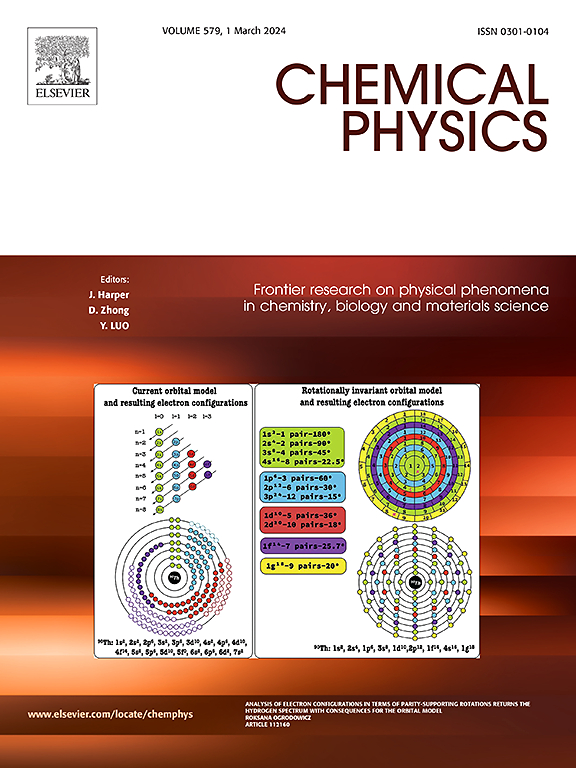DFT studies on the catalytic hydrogenation of carbon dioxide on Ni (111) in a liquid-phase environment
IF 2
3区 化学
Q4 CHEMISTRY, PHYSICAL
引用次数: 0
Abstract
CO2 catalytic hydrogenation attracts interest in converting CO2 into useful chemicals and mitigating the greenhouse effect. In this study, CO2 hydrogenation in a liquid-phase environment on the Ni (111) surface was investigated using density functional theory calculations. Based on the analysis of hydrogenation in the gas phase, the water H migration model was introduced to examine the kinetic processes in the liquid phase. The results reveal that water plays a key role in this reaction. During the hydrogenation of CO2* to COOH* or HCOO*, the adsorbed H atom is first transferred to the water molecule, which subsequently donates another H atom to COOH* or HCOO*. During this process, water directly participates in the reaction as a medium, enabling H* to hydrogenate the adsorbed reactant over a limited distance. According to the proposed mechanism, the HCOO pathway is the optimal route for the reaction, exhibiting an energy barrier of 1.08 eV.
求助全文
约1分钟内获得全文
求助全文
来源期刊

Chemical Physics
化学-物理:原子、分子和化学物理
CiteScore
4.60
自引率
4.30%
发文量
278
审稿时长
39 days
期刊介绍:
Chemical Physics publishes experimental and theoretical papers on all aspects of chemical physics. In this journal, experiments are related to theory, and in turn theoretical papers are related to present or future experiments. Subjects covered include: spectroscopy and molecular structure, interacting systems, relaxation phenomena, biological systems, materials, fundamental problems in molecular reactivity, molecular quantum theory and statistical mechanics. Computational chemistry studies of routine character are not appropriate for this journal.
 求助内容:
求助内容: 应助结果提醒方式:
应助结果提醒方式:


